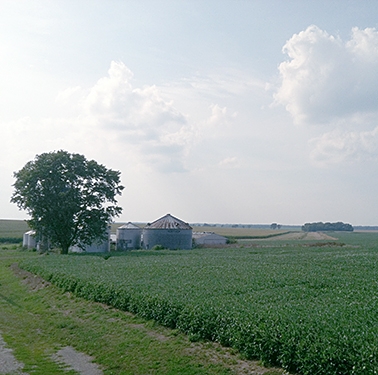Forecasting developments in production agriculture

On behalf of a private U.S. agricultural technology provider, WPI’s team generated an econometric model to forecast the movement of concentrated corn production north and west from the traditional U.S. Corn Belt. WPI’s model has subsequently provided quantitative support to a multi-million-dollar investment into short-season corn variety development. WPI’s methodology included a series of interviews with regional grain elevators and seed consultants. Emphasizing outreach and communication with stakeholders who possess intimate sectoral knowledge – on-the-ground insights – is a regular component of WPI’s methodologies, made possible by WPI’s ever-growing network of industry contacts.

 Chicago futures remained hopeful in the wake of this week’s U.S.-China trade agreement. Bears are quick to note that an agreement and sales are two very different animals. U.S. soybean exporters will still face a 13 percent tariff into China and there are no clear penalties should China m...
Chicago futures remained hopeful in the wake of this week’s U.S.-China trade agreement. Bears are quick to note that an agreement and sales are two very different animals. U.S. soybean exporters will still face a 13 percent tariff into China and there are no clear penalties should China m...
 CBOT board soybean crush margins have recently compressed due to the run-up in soybean prices and weakness in soyoil values. The January board crush fell from its recent high of 155.75 cents/bu on 17 October to 140.75 as of this writing, a decrease of about 10 percent. This week’s sudden...
CBOT board soybean crush margins have recently compressed due to the run-up in soybean prices and weakness in soyoil values. The January board crush fell from its recent high of 155.75 cents/bu on 17 October to 140.75 as of this writing, a decrease of about 10 percent. This week’s sudden...
 Dry bulk markets were quiet and mostly flat last week. Spot rates softened a little bit as vessel owners threw in the towel on waiting for improved demand. Most hopes for any recovery in rates now rests on the new U.S.-China trade deal. After the positive meeting between Presidents Xi and...
Dry bulk markets were quiet and mostly flat last week. Spot rates softened a little bit as vessel owners threw in the towel on waiting for improved demand. Most hopes for any recovery in rates now rests on the new U.S.-China trade deal. After the positive meeting between Presidents Xi and...
 It was sell the rumor buy the fact in a Topsy-Turvey 24 hours of trading on what happened in South Korea between the world’s two top leaders. Presidents Trump and Xi made a deal, but the details were initially vague, and some skepticism remains. Treasury Secretary Scott Bessent tried to p...
It was sell the rumor buy the fact in a Topsy-Turvey 24 hours of trading on what happened in South Korea between the world’s two top leaders. Presidents Trump and Xi made a deal, but the details were initially vague, and some skepticism remains. Treasury Secretary Scott Bessent tried to p...